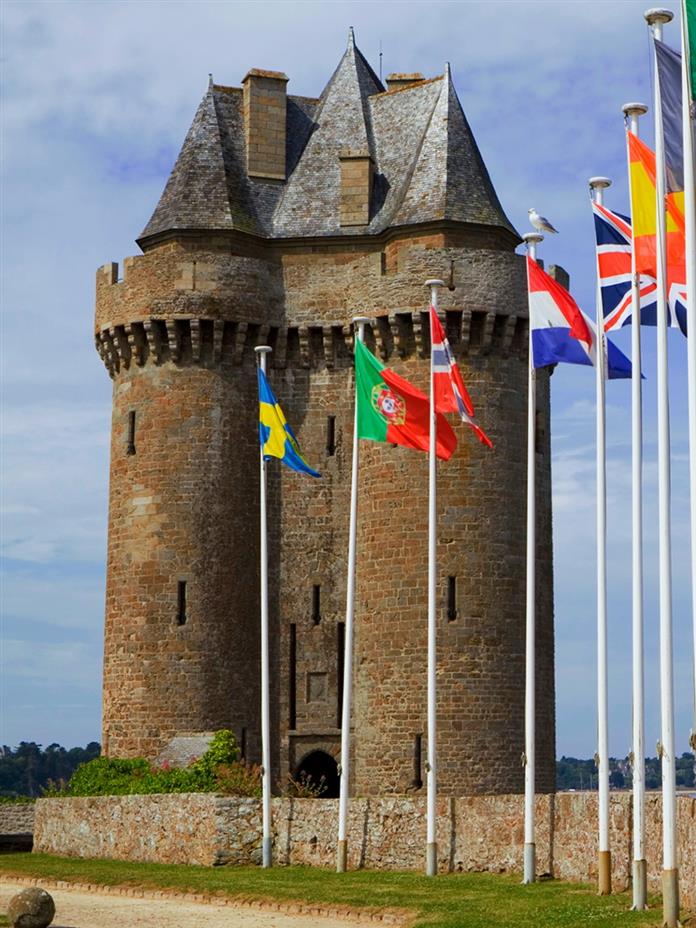
Tap to Read ➤
Facts about the Flag of Northern Ireland
One of the most controversial flags in the United Kingdom is the flag of Northern Ireland. Facts about this divisive topic are given in this story.
Tanmay Tikekar

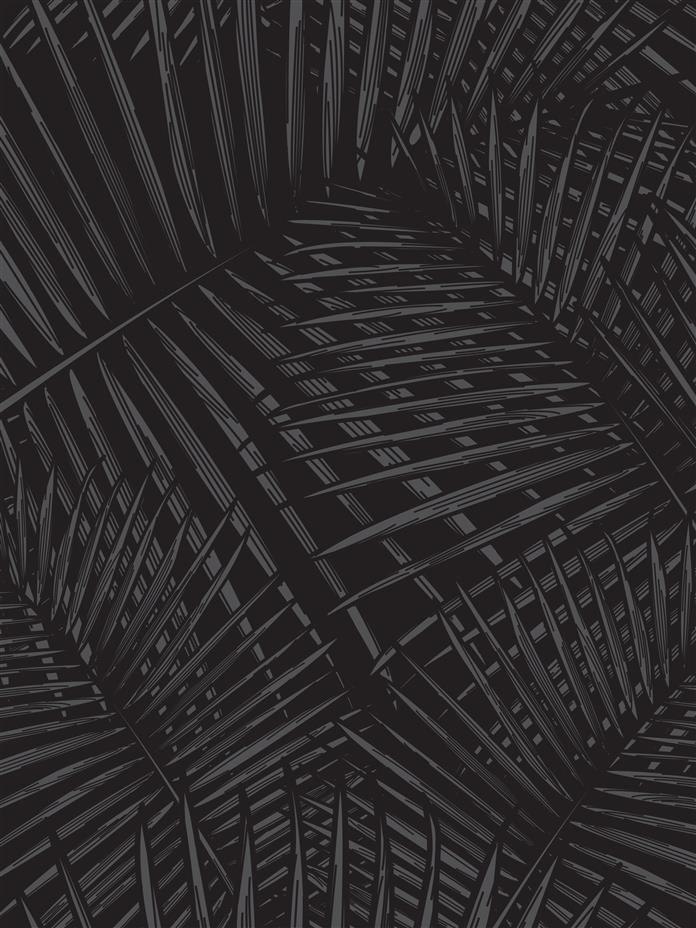
Did You Know?
The flag of the Republic of Ireland―the Irish tricolor―is not the flag of Northern Ireland in any way. However, it is used by Irish nationalists in their demand for a union between the Republic of Ireland and Northern Ireland.

Northern Ireland is a constituent country of the United Kingdom. As such, it has no official flag of its own. It is represented by the Union Jack, the flag of the United Kingdom.
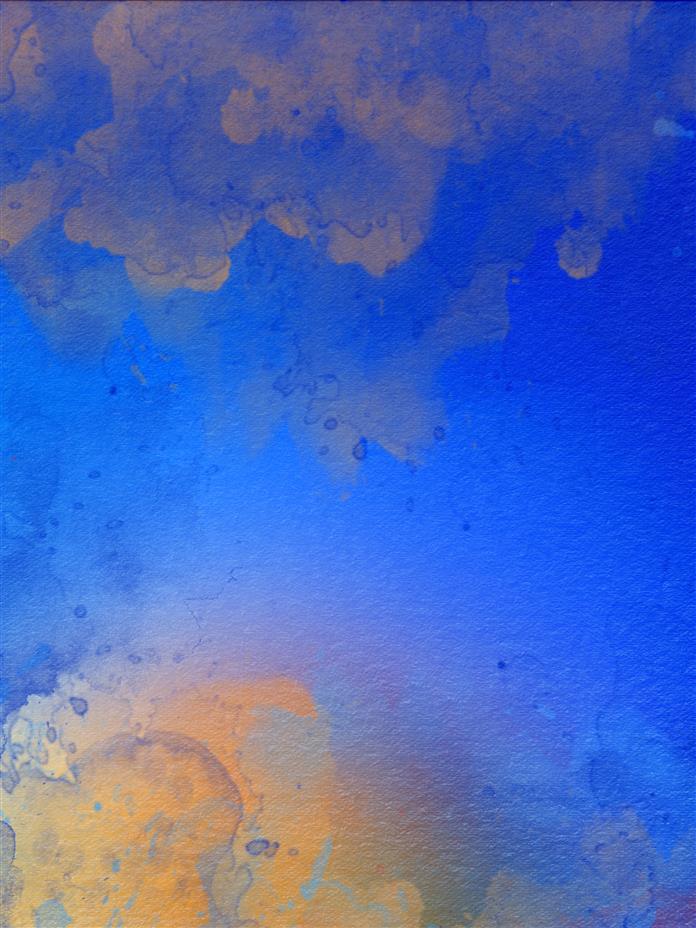
First suspended in 1972, the Irish parliament and government were dissolved under the Northern Ireland Constitution Act 1973. As a result, only the Union Jack is allowed to be flown on Northern Irish government buildings and in political events where Northern Ireland is represented.
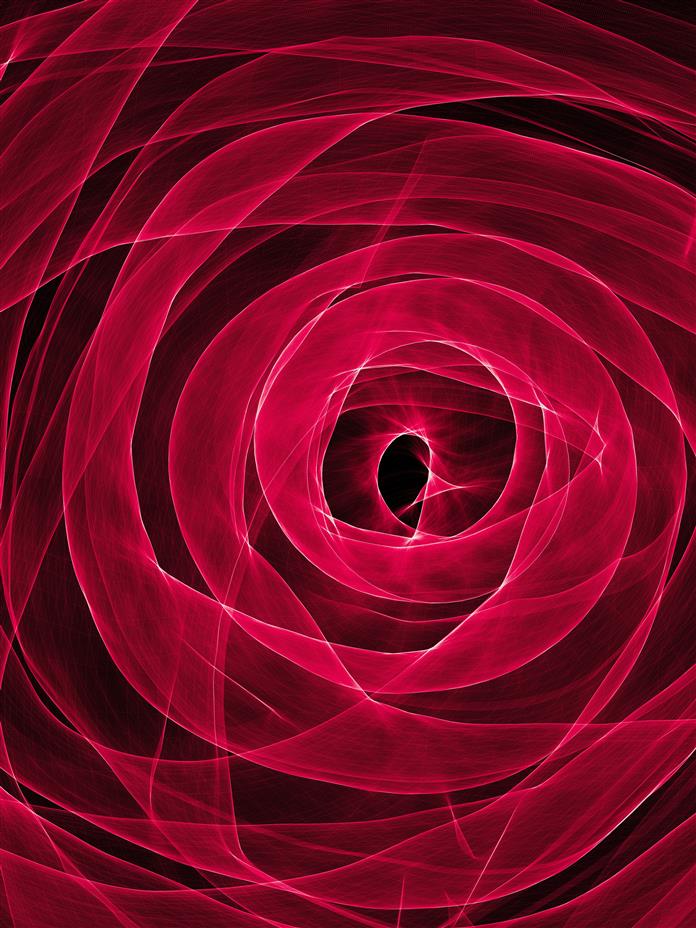
However, Northern Ireland used to have an official flag before 1972. It was based on St. George's Cross, which is the flag of England, with some modifications to indicate its association with Ireland. This flag of Northern Ireland was called the Ulster Banner.

It was named after and based on the flag of Ulster, a province in Northern Ireland. The major differences between this flag and the English flag are the six-pointed star in the center, which holds the Red Hand of Ulster. A crown is situated above the star, signifying Northern Ireland's loyalty to the monarch of Britain.
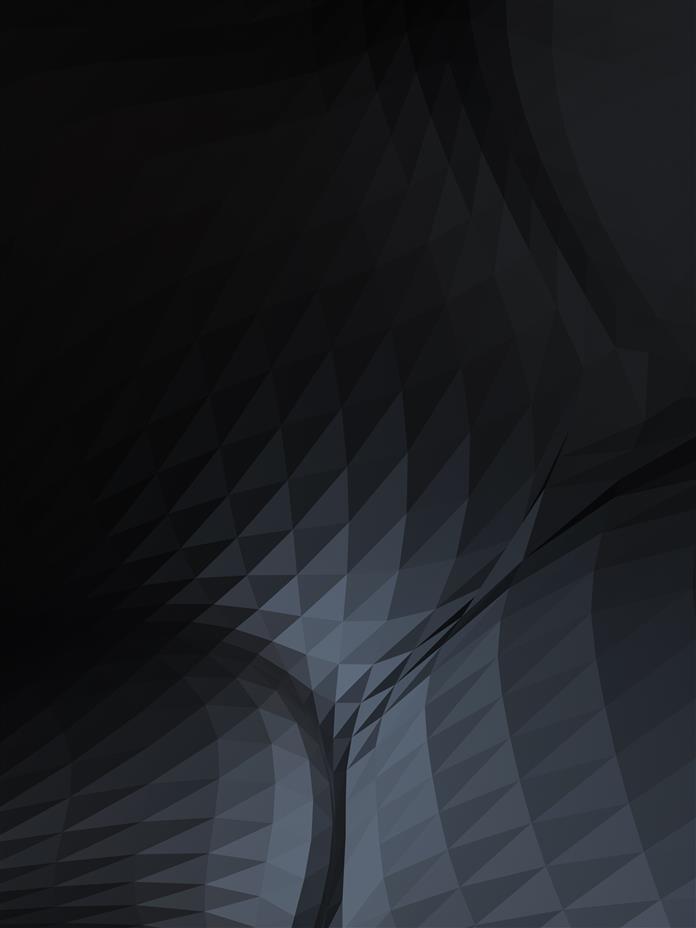
The Red Hand of Ulster is symbolic of the province of Ulster. It is associated with various myths, and particularly to the Uí Néill (O'Neall) clan. As a result, it is also sometimes called the Red Hand of O'Neall. According to one myth, the legend of the red hand originated in a boat race to decide who would become the king of Ulster.
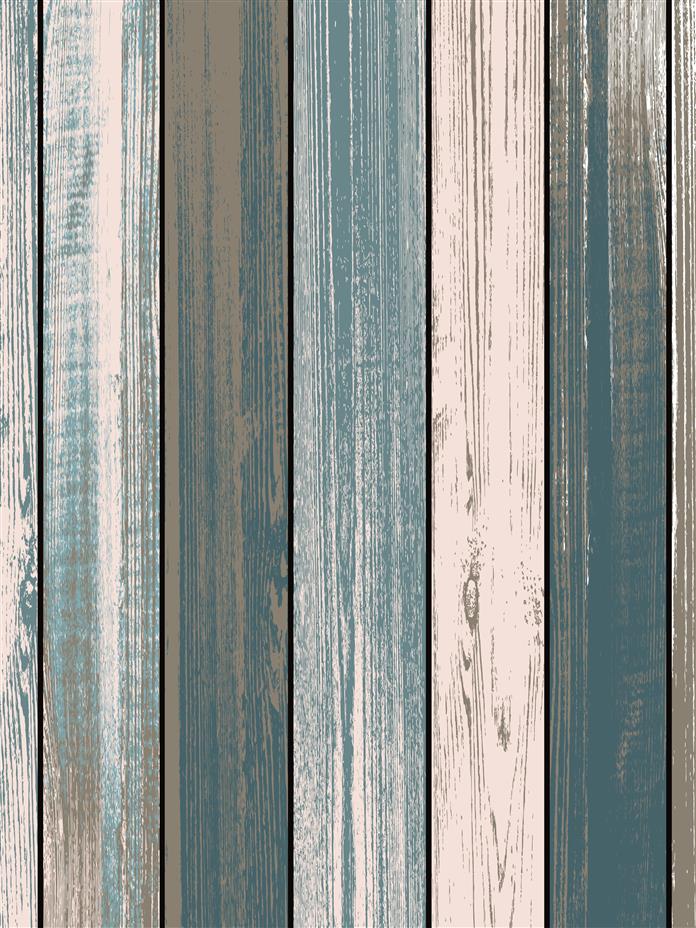
This was necessitated by the fact that the ruling king had died without an heir, and there was no obvious claimant. In the boat race, which would be won by the one whose hand touched the shore first, one of the contenders cut off his hand while still in his boat and threw it onto the shore, assuring him the kingdom regardless of the outcome of the race.
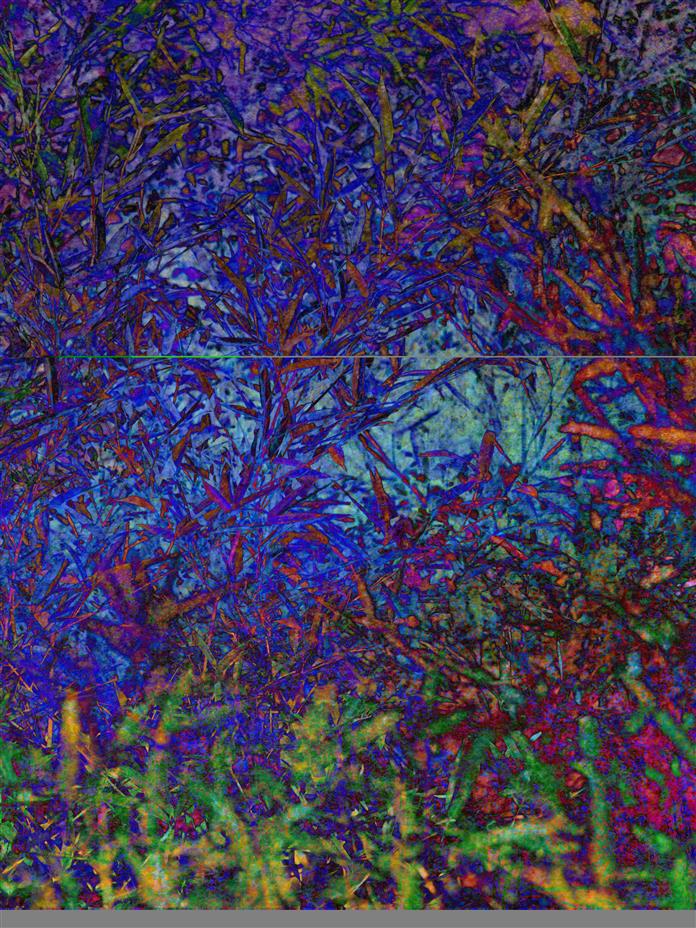
From 1953, the year of the coronation of Queen Elizabeth II, to 1972, the year of the suspension of the Northern Irish governing bodies, the Ulster Banner was used officially by the government. In the absence of an official alternative, it also became the de facto national civil flag of Northern Ireland.

Ulster Banner on a Flag Pole
The Ulster Banner is now used by Irish nationalists, and is not allowed to be flown on Northern Irish government buildings. However, it does represent Northern Ireland in sporting events et al.
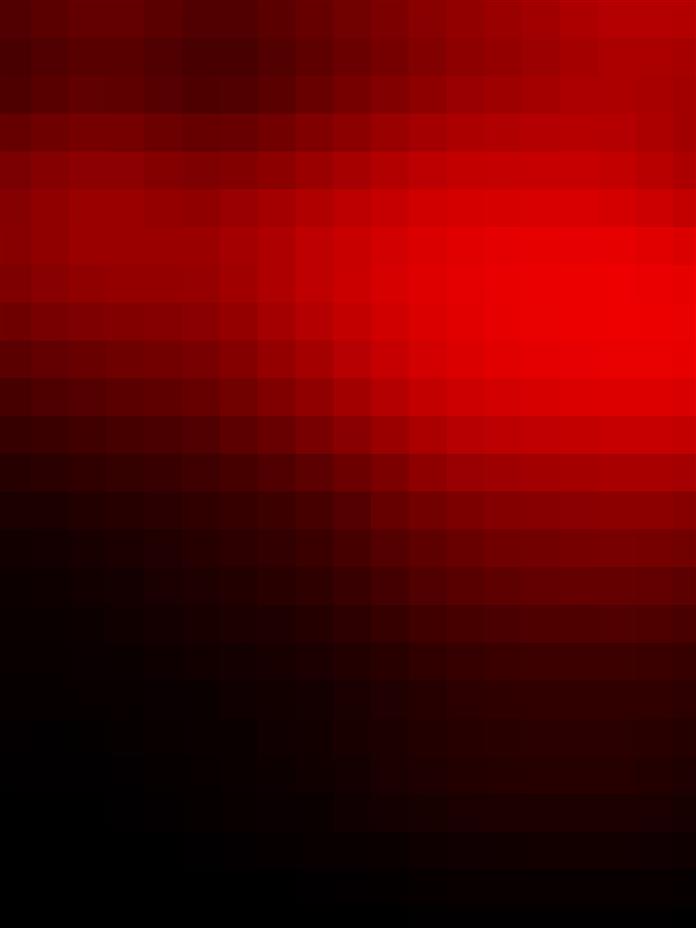
St. Patrick's Saltire, representing the patron saint of Ireland, St. Patrick, is used unofficially as a representation of Northern Ireland. It is incorporated into the Union Jack (in the form of the four thin red diagonal stripes within St. Andrew's Cross), and is used to represent Northern Ireland informally within and without the United Kingdom.